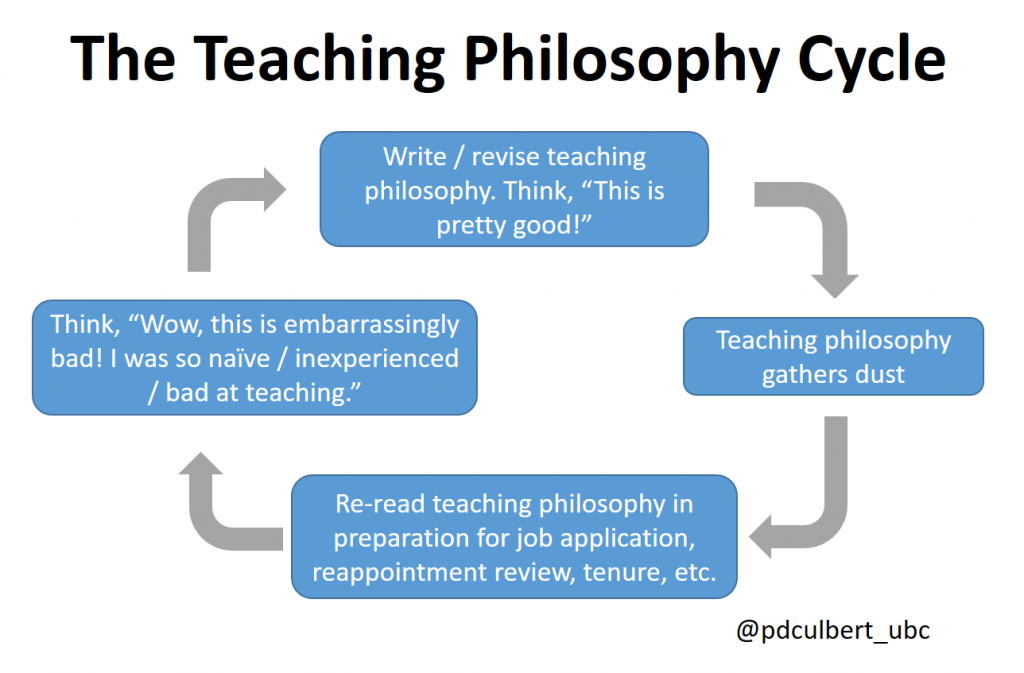Two years ago, I reactivated my long-dormant twitter account. It consumes more of my time than it should, but the thoughts of other faculty and students have fueled a re-evaluation of my teaching practices and my role as an educator. Most significantly, I have changed my thinking and teaching practice with regard to compassion and empathy for my students.
Compassion and Empathy
I had a relatively easy time as an undergraduate. My parents and siblings were all college graduates, so I had sources for advice. I never had any personal crises or traumatic experiences, significant physical or mental illness, nor did I face food insecurity or anxiety over how to pay rent or tuition. I was also confident in speaking to my professors and asking for assistance when I needed it. Because of this, I was initially ignorant of many challenges students might be facing outside of class. Though I was conscious that my experience was not representative, this first really struck me several years ago when listening to the episode ‘Three Miles’ of This American Life, which focused on the experiences of first-generation minority university students. I was really affected by the story of Jonathan, an African American man from the Bronx who was attending Wheaton College on scholarship. Jonathan was unable to afford his textbooks, so he did not buy them, and did not tell anyone he could not afford them. In the episode, Jonathan recounted his experience:
I didn’t do the homework… And I’m the only black kid in some of these classes…So now I’m embarrassed to be the only black guy that doesn’t do the work and fulfill that stereotype. So I’m not going to class. It’s a catch-22 because now I’m still the black kid now that just doesn’t come to class and doesn’t do the work on top of that, you know? But for me, it was– I mean, what am I going to say to these teachers?
That last part really got me. This probably could have been solved by Jonathan talking to his professors or an advisor, but he didn’t, and he failed out of Wheaton. Because I was comfortable asking for help when I needed it, it is hard to internalize that many of my students are not.
Continue reading →
